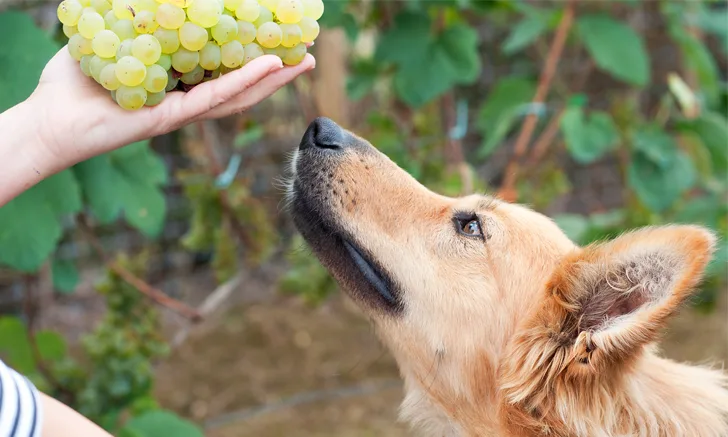Grape & Raisin Toxicosis in Dogs: A Possible Connection with Cream of Tartar & Tamarinds
Sarah Gray, DVM, DACVECC, Horizon Veterinary Specialists, Ventura, California

In the literature
Wegenast CA, Meadows ID, Anderson RE, Southard T, González Barrientos CR, Wismer TA. Acute kidney injury in dogs following ingestion of cream of tartar and tamarinds and the connection to tartaric acid as the proposed toxic principle in grapes and raisins. J Vet Emerg Crit Care (San Antonio). 2022. doi:10.1111/vec.13234
The Research …
Tartaric acid is an organic acid found in various plants; high concentrations are found in grapes (range, 0.35%-1.1%; ≤2% is possible) and tamarinds (range, 8%-18%).1-3 Tartaric acid can precipitate into salts, including potassium bitartrate (ie, cream of tartar), a common baking ingredient.4,5
This case series described 6 dogs exposed to tartaric acid via ingestion of cream of tartar, tamarind pods, or tamarind paste and considered whether tartaric acid and its salts could be the components of grapes and tamarinds that are toxic to dogs.
All dogs began to vomit within 1 to 14 hours of exposure. Azotemia was noted 18 to 53 hours after exposure, and 3 dogs developed oliguria or anuria despite receiving IV fluids and supportive care. Four dogs were euthanized, and 2 were lost to follow up. Necropsy was performed on 3 dogs; histopathology of the kidneys showed severe cortical tubular degeneration and necrosis.
Histopathology in dogs after grape and raisin exposure consistently demonstrates moderate to severe diffuse renal tubular degeneration, especially in the proximal tubules. Proteinaceous and cellular debris in some tubule lumens, as well as mineralization of necrotic cells and tubular basement membranes in the kidney, have also been reported.6-8 These changes are similar to histopathologic changes caused by tartaric acid toxicosis reported in this case series, supporting tartaric acid as the proposed mechanism of grape and raisin toxicosis.
… The Takeaways
Key pearls to put into practice:
Patients are at high risk for severe and potentially fatal nephrotoxicosis after ingestion of cream of tartar, tamarind paste, or tamarind pods. Spontaneous vomiting can be expected 12 to 24 hours after ingestion, with azotemia developing within 24 to 48 hours.
Treatment for dogs with tartaric acid exposure should include prompt induction of emesis and aggressive IV fluid therapy.
Recognition of tartaric acid as a potential cause of nephrotoxicity due to grape and/or raisin ingestion may enable advancements in research, diagnosis, and treatment.